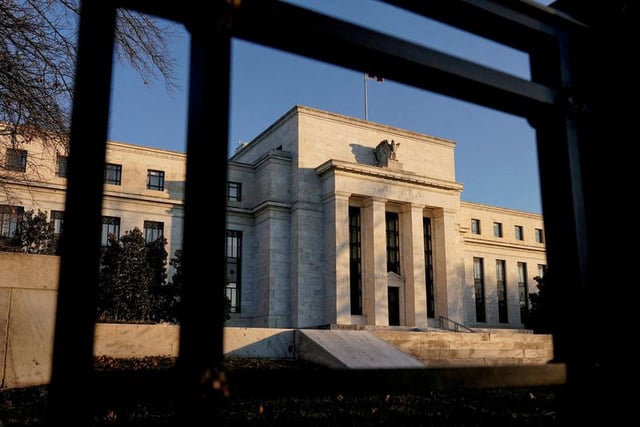Overview
- Regulators including the Fed, FDIC and OCC launched a notice-and-comment period on the eSLR overhaul after a 5-2 Fed vote, with feedback due by August 26.
- The plan would replace the flat 2% leverage charge for eight global systemically important banks with a requirement equal to half their GSIB surcharge, cutting depository-level capital by about 27%.
- Officials say the existing eSLR treats low-risk Treasuries the same as higher-risk assets, discouraging banks from intermediating U.S. government debt markets.
- Wall Street analysts estimate the reform could unlock up to $6 trillion in additional balance sheet capacity and free billions in capital for major banks.
- Industry groups praise the move as a needed structural fix, while some stability advocates warn it could heighten interest rate risk and moral hazard.
